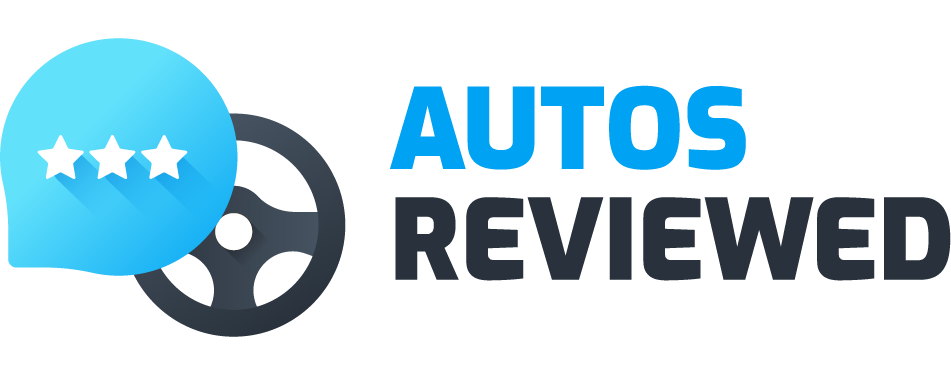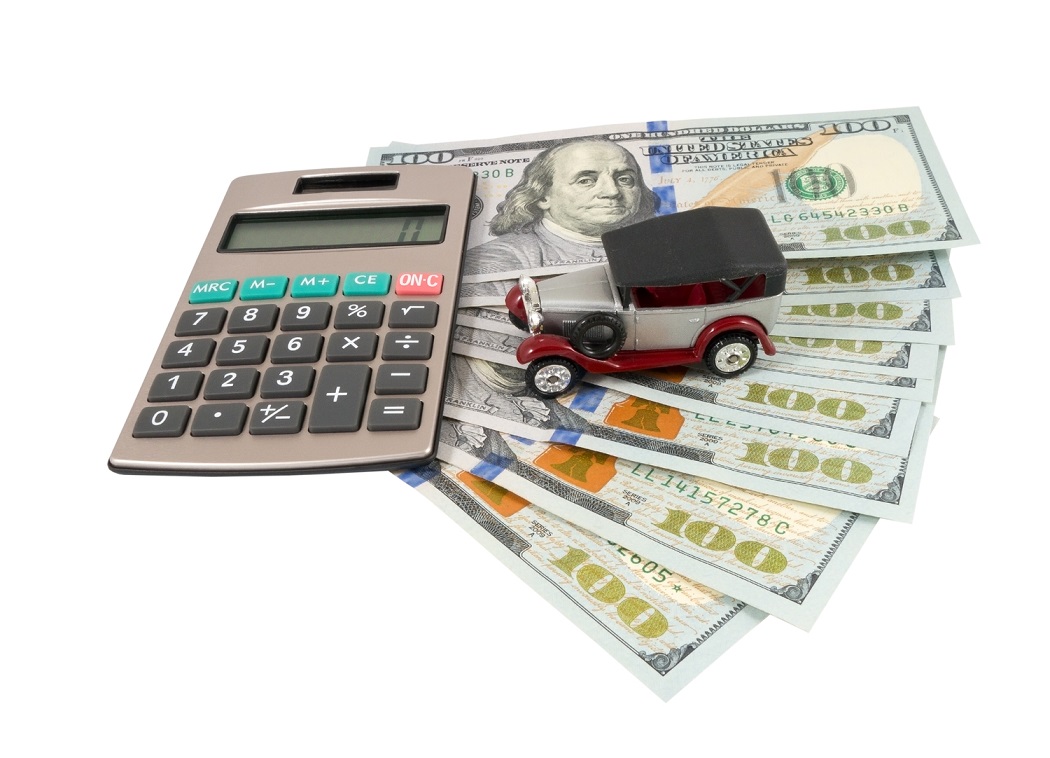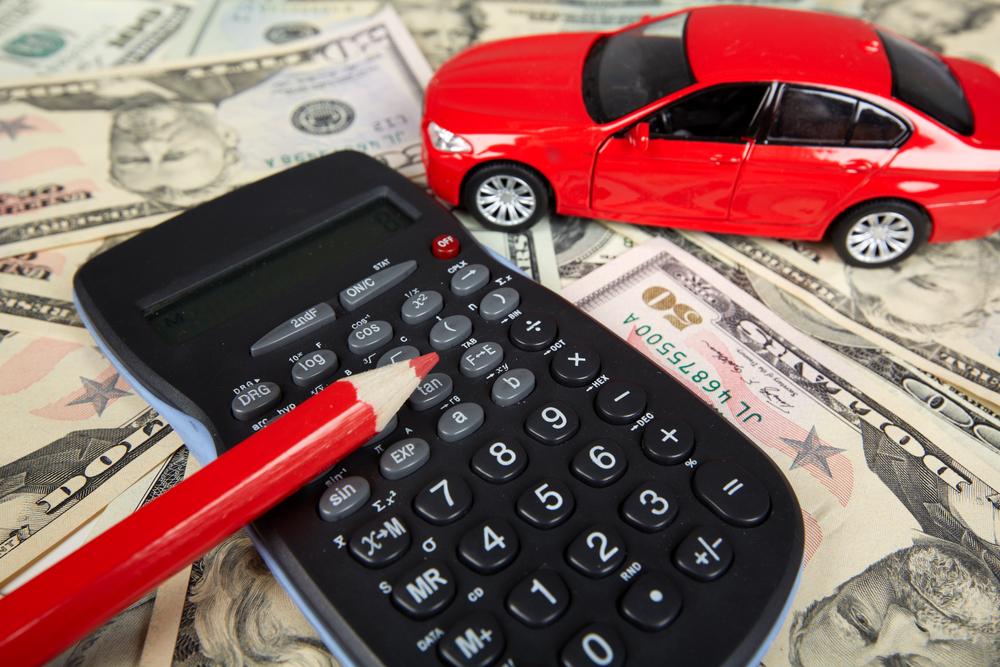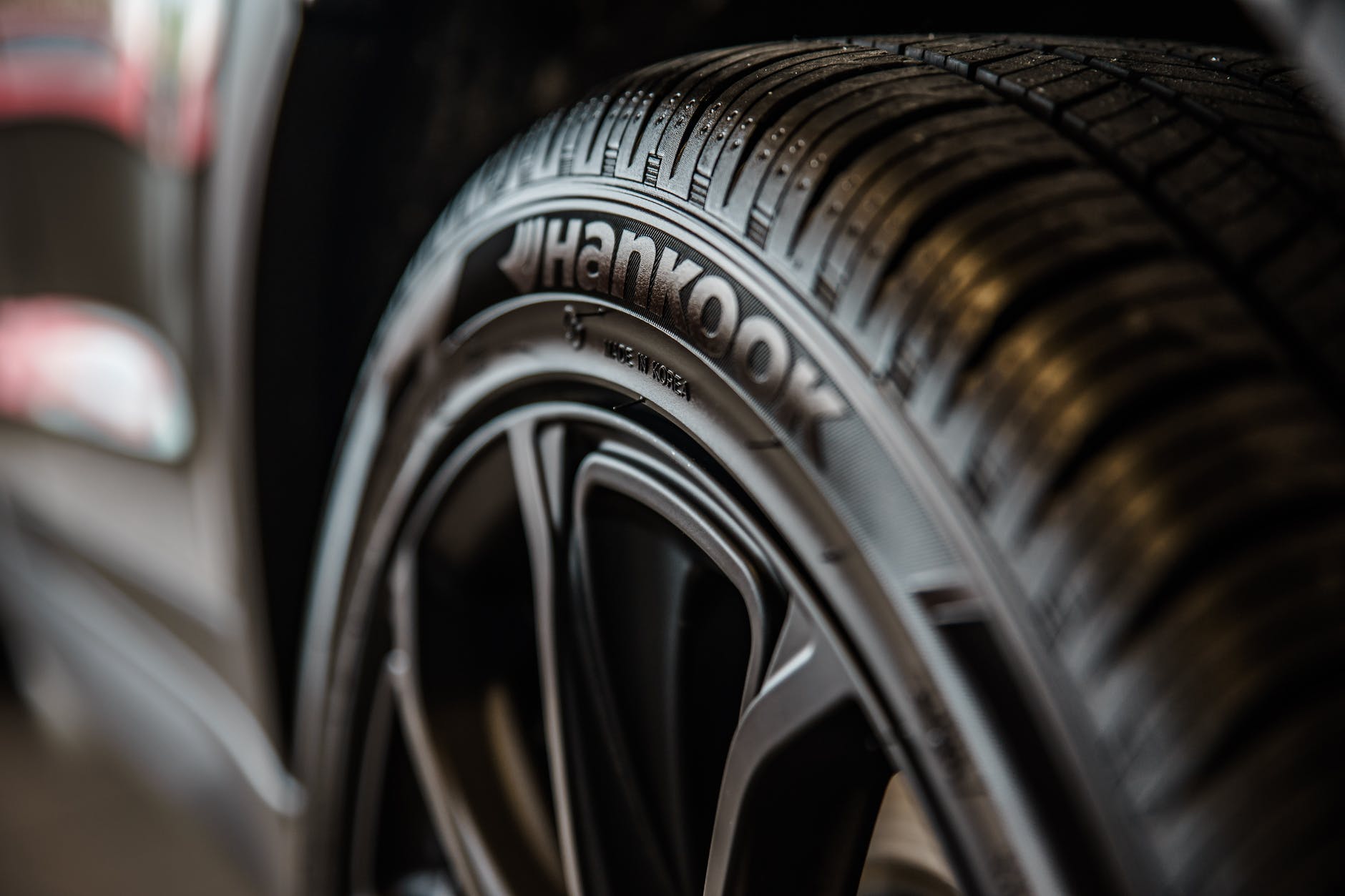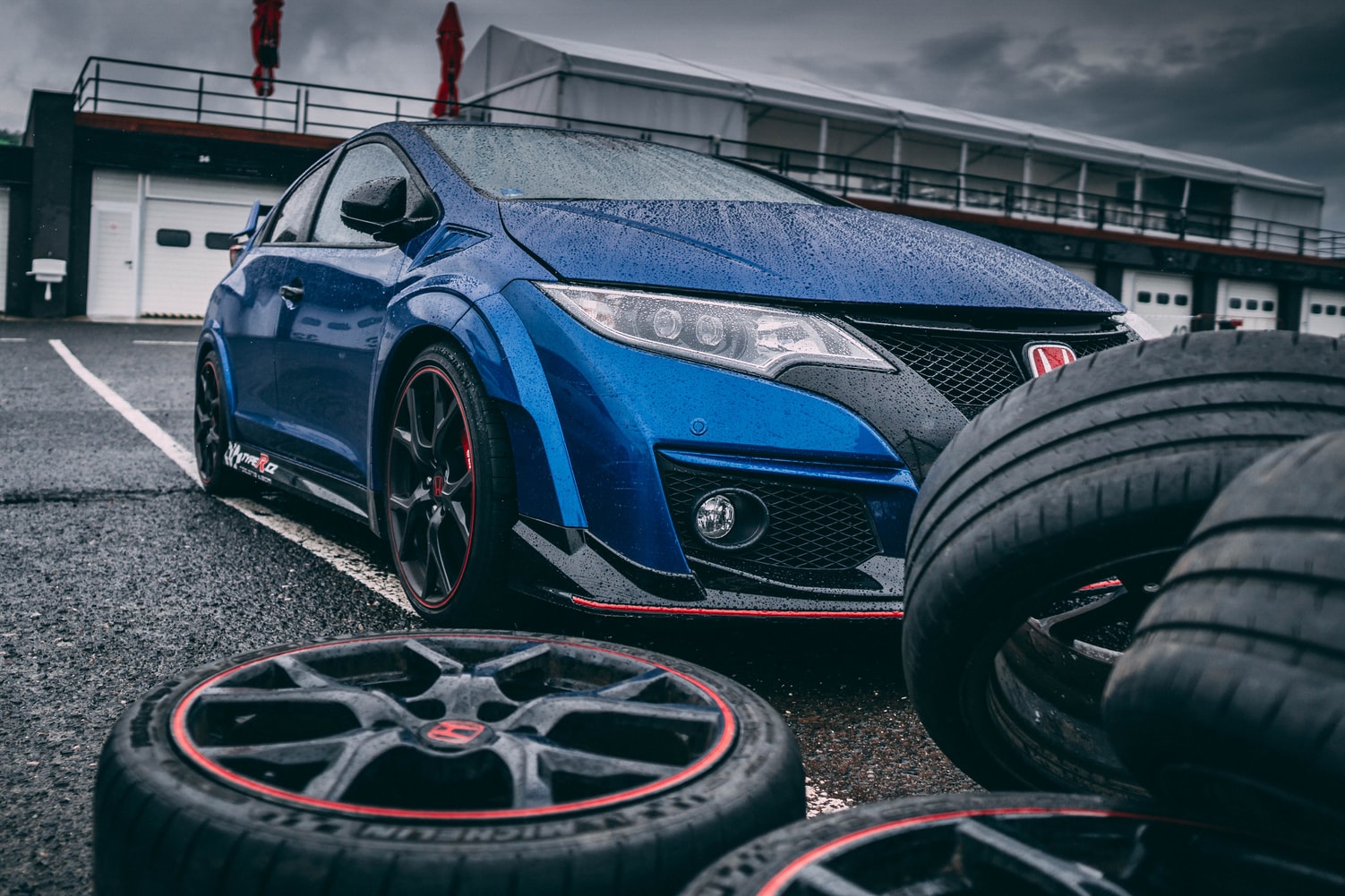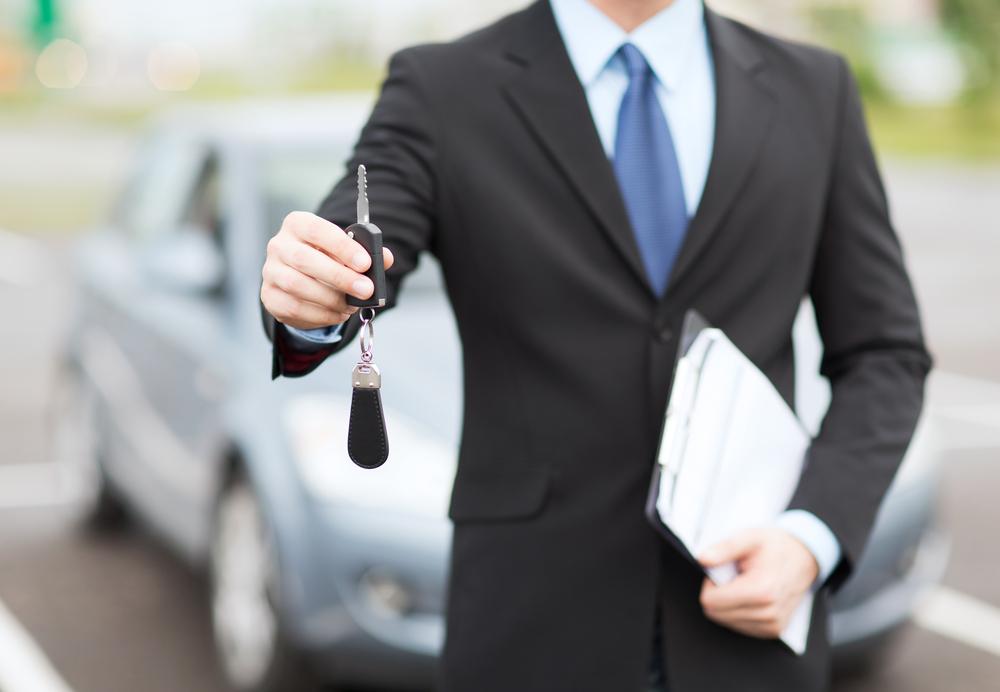
We Break Down the Details for You
Is your car owned by your business? Then it’s important for you to get the right sort of insurance cover for it. Before you do that, take a few moments and understand the fundamentals of a commercial automotive policy. This basic knowledge will help you understand what the policy you are considering offers and will assist you in making an informed choice.
Defining Commercial Auto Insurance
A commercial auto insurance policy provides a variety of coverage options for cars, trucks, vans and other vehicles owned and used by your business. It has three basic parts. They are:
- Physical Damage Insurance – this includes comprehensive coverage and collision damage
- Liability Insurance – this includes property damage, uninsured and underinsured vehicle operators, and bodily injury
- Other Coverage – this includes medical payments, rental reimbursements, auto loan or lease gap coverage and towing and labor
What Coverage Does Business Auto Insurance Provide?
- Collision Cover
This pays for the damage to your car if it’s involved in a collision with another vehicle, if it gets hit by any other vehicle or if it rolls over. It doesn’t matter who is actually at fault in this instance. You may also be required to get this cover in case the business vehicle is leased or financed.
- Comprehensive Cover
This cover pays for damage that occurs due to anything besides a car accident. Some examples of things covered are theft, floods, earthquakes, fire, animal or bird damage or even vandalism.
- Liability Insurance
In case you are at fault in an accident, this insurance will cover bodily injury or property damage done to others involved in the accident. The bodily injury cover will pay for the other party’s medical costs and lost income and it will also cover your legal expenses in case you are sued as a result of the accident.
- Uninsured Motorist Cover
If you are involved in an accident caused by a driver who is not insured or cannot be identified, this cover pays for your injuries or property damage.
- Underinsured Motorist Cover
If the driver who causes the accident you are involved in does not have enough liability insurance to cover your expenses, this cover will take care of your costs. This will not work in a no-fault state where each driver’s auto insurance policy will respond to their individual losses.
Options
You can add-on these options to improve your insurance cover.
- Roadside Assistance
In case you ever get locked out of your car, if your batteries die, if you get a flat tire or your car breaks down, this option protects you even when insurance companies normally don’t handle these matters.
- New Vehicle Replacement Cost Cover
In case your vehicle is declared a total loss as a result of the accident, this cover replaces your new vehicle. It also provides gap coverage which means it covers any amount that’s over your car’s actual cash value.
- Hired Auto Physical Damage With Loss of Use Insurance
In case a leased or rented vehicle is damaged, this cover provides comprehensive and collision damage insurance and covers any other contractual requirements of the leasing or rental company.
- Auto Loan or Lease Cover
This covers the difference between the unpaid loan amount and the actual cash value of the insured car if your car is a total loss after the accident.
